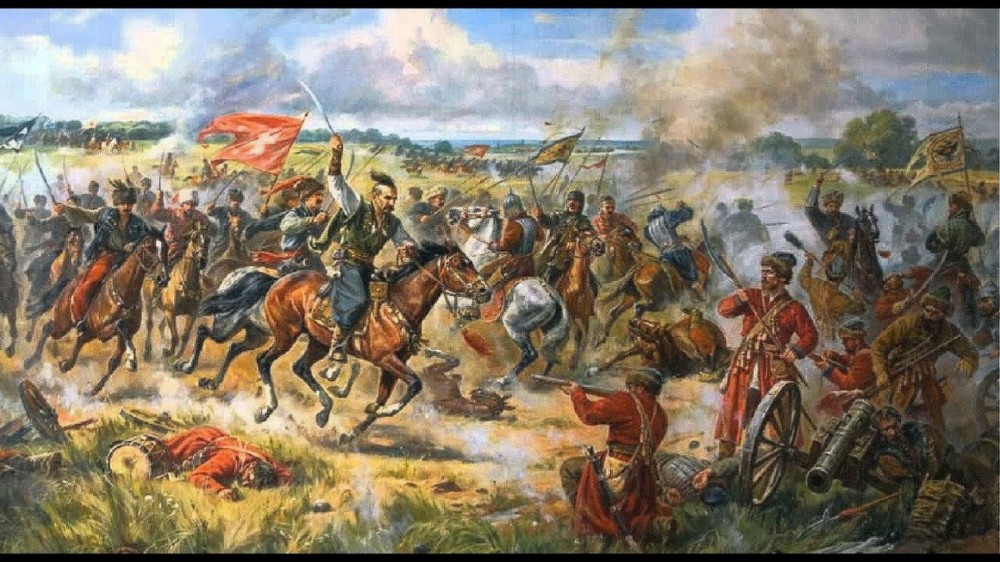
The article is devoted to the events that took place on the border between the Muscovy and the Zaporizhzhya Army in the autumn of 1660 — in the spring of 1661. In the autumn of 1660, an expeditionary corps under the command of the boyar Vasily Sheremetyev was surrounded and defeated on the Right-Bank Ukraine. At the same time, Hetman Yuri Khmelnitsky entered into an alliance with the Commonwealth against the Muscovy. This was the reason for the open action of several left-bank Cossack regiments. The most active anti-Moscow speeches were in the Poltava and Gadyach regiments. In the winter of 1660— 1661, the Cossack detachments of these regiments undertook several campaigns in order to attack the Moscow border fortresses. The cities of Kamenny, Aleshnya and Volny were taken under siege. The Moscow garrisons were able to repulse these attacks, however, their fortifications were badly damaged and their supplies depleted. Heavy losses led to the fact that the garrisons of the border fortresses went on the defensive and could not actively oppose the Cossack detachments. In the autumn of 1660, on the orders of the tsar, the Belgorod governor sent several detachments to «pacify» the Cossack cities. Under the cities of Gadyach and Zinkov, Moscow troops entered into battle with the Cossacks, but they could not take these fortresses. In the winter of 1660, hetman Petr Doroshenko arrives in Zinkov. At the disposal of the Moscow governor was no more than 3,000 infantry and cavalry, and the Ukrainian hetman had 6,000 Cossacks. In the spring of 1661, a detachment of Cossacks near the town of Grun in a decisive battle were defeated and fled. Shortly thereafter, the Poltava and Gadyach regiments stopped the fight against the Muscovite kingdom and confirmed the oath to the tsar. As a result of the analysis of published sources and their own research, the authors found that in the confrontation between the two armies — the Moscow and the Cossack at the first stage of the battle, the advantage was on the side of the latter. Flexible tactics and numerical superiority made the positions of the Cossacks stronger in defense and successful in attack. Subsequently, the change in command of the Cossack troops led to the fact that less numerous, but more organized detachments of the Moscow regular troops were able not only to repulse the attack, but also inflict a decisive defeat on the enemy.
Source: Sergey I. Degtyarev, Evgenij M. Osadchij, Jasmin Gut (2022) Border Battle: Fighting on the Ukrainian-Moscow Border in 1660–1661. Bylye Gody. 17(1): 25-36
Source web-site: https://bg.cherkasgu.press/journals_n/1646146113.pdf
Number of views: 1929